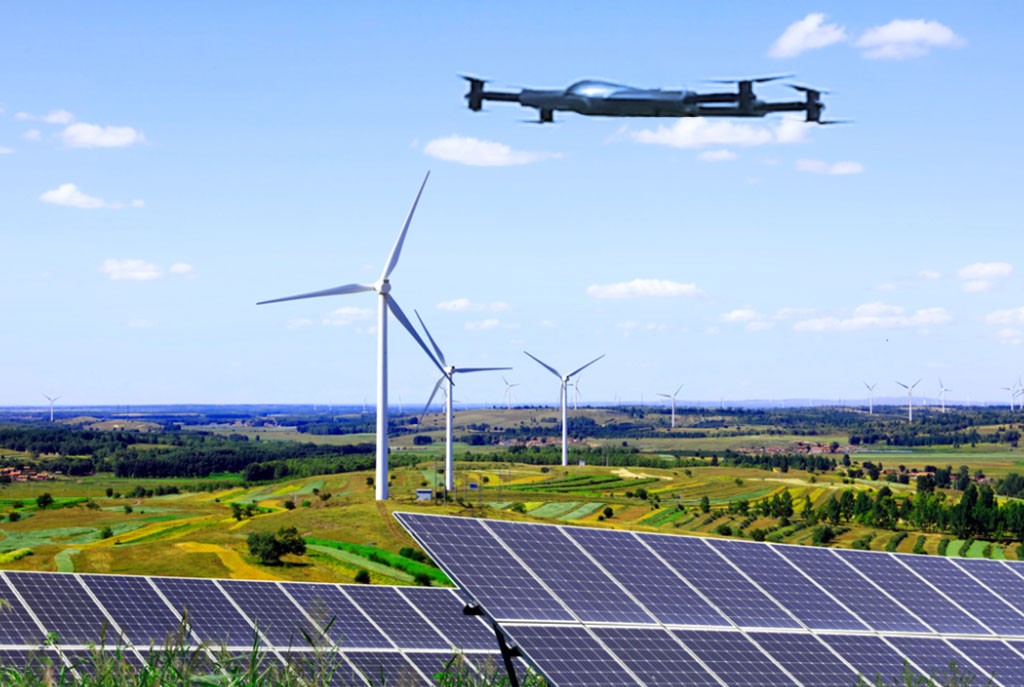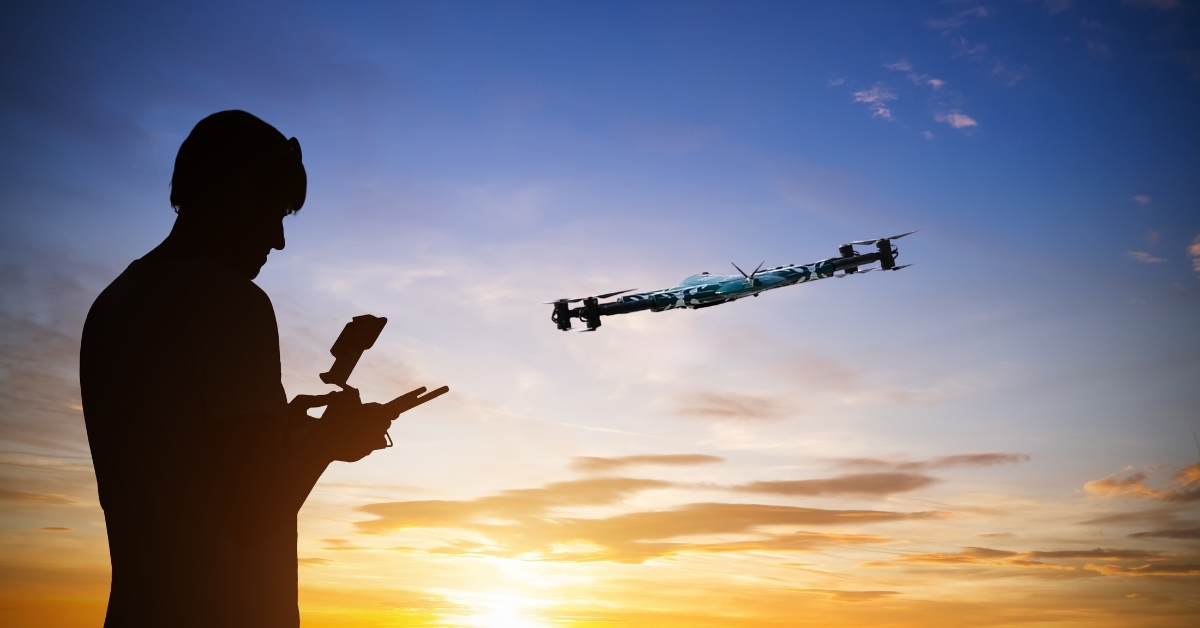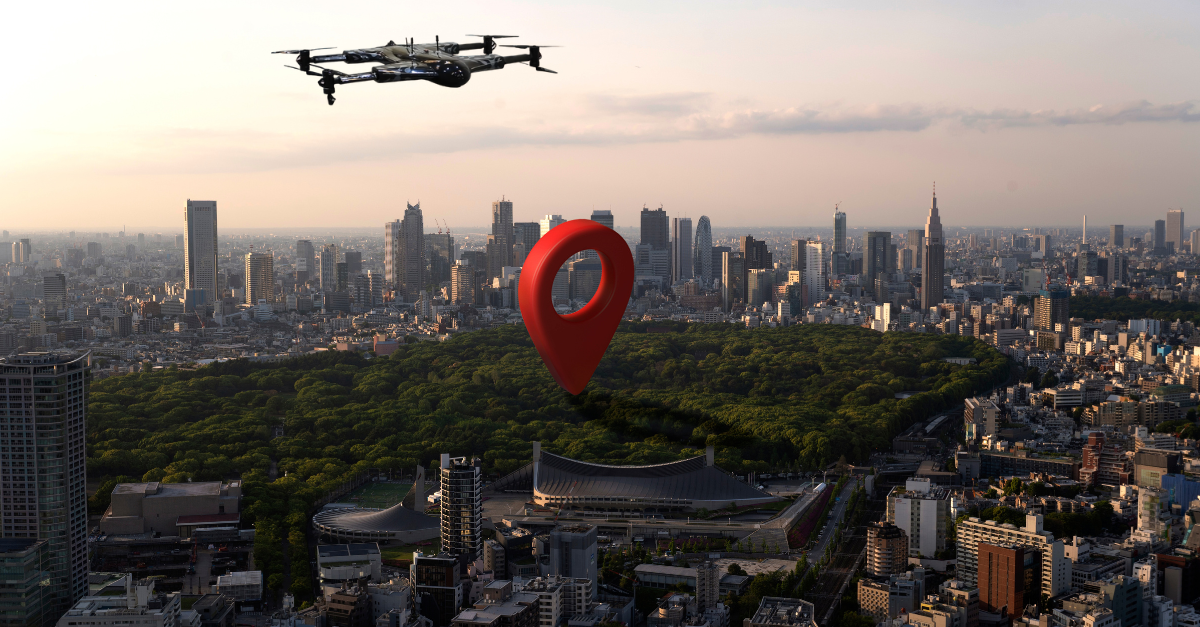The Commendable Use of Drone Technology in the Energy Sector
In the current world, the utilization of drones is increasingly growing. The energy sector is one of the industries that take benefit from it. From surveying wind turbines to hydroelectric dams, drones are revolutionizing how energy companies work. With drones able to fly at greater heights and capture more precise data, businesses can save time and resources when performing vital tasks in the energy sector.
In this blog post, discover the varying drone uses in the energy sector. Read how it provides efficient solutions to their operational needs. It will also cover the various applications of drones in energy sector operations, such as surveying, asset inspection, and environmental monitoring. Additionally, explore how this technology is helping to reduce costs and allow businesses to manage their resources better.
The Use of electric drones Technology in the Energy Sector
Surveying Procedure
One of the most common uses of drone technology in the energy sector includes aerial mapping and surveying. By utilizing advanced camera systems, drones can capture high-resolution photos and videos of energy infrastructure, helping to detect potential problems much earlier. Companies also use drones to capture data about land usage, vegetation, and wildlife movements near their operations.
Drones are also commendable for aerial inspections of large structures such as wind turbines or oil rigs. When combined with visual imaging, thermal imagery offers a comprehensive view of the structure and helps detect any problems. It can help prevent unexpected outages, saving energy companies time and money.
Asset Inspection
The energy industry is turning to drone technology for more efficient asset inspection. As customers become more environmentally conscious, traditional methods of physical assessments are proving to be less effective and costly. Drones provide an easy and cost-effective way to inspect assets, ranging from power lines to solar panels.
Drones are also suitable for thermal imaging, allowing inspectors to detect potential problems without physical contact. For instance, drones can collect data regarding electric drones’ energy output or production levels, allowing organizations to understand their systems better and make needed repairs to maintain optimal performance. This drone use in the energy sector provides a safer and more efficient way for organizations to conduct inspections and collect data to improve their operations.
Environmental Monitoring
Drones are growing as a valuable tool for energy companies to monitor hazardous environmental conditions. With the ability to collect and analyze data from hard-to-reach locations, drones can provide a wealth of real-time information that traditional surveying methods cannot. Drone data can help determine compliance with safety regulations, identify trends in oil production levels, or even detect illegal activities.
Thanks to their ability to fly quickly and navigate areas that are not easily accessible, drones are also commendable as an alternative way to inspect hazardous environments such as oil rigs and nuclear power plants. Drones can also have advanced sensors capable of detecting a range of factors, from air quality to radiation levels.
Utility and Maintenance
Using drones in utilities and energy maintenance has become increasingly popular in the past decade. Electric drones can inspect power lines and even fix issues remotely in some instances is now possible.
Drones in utilities and maintenance operations reduce costs, increase safety, and improve communication between technicians on-site and those who monitor their activities from afar.
However, drones will still replace traditional maintenance and repair methods. Instead, they are used in addition to current techniques, allowing utilities to perform inspections more quickly and efficiently while reducing the risk of working on dangerous electrical equipment.
How Do Energy Sectors Benefit from Drone Solutions?
Here are some of the energy sectors that take advantage of improving their work operation through the help of drone technology.
- Oil and Gas: Drone technology can significantly aid in monitoring and maintaining pipelines and oil rigs. It allows remote inspections to identify potential leaks or structural damage, enhancing safety and efficiency.
- Solar Energy: Drones equipped with thermal imaging can quickly and accurately identify malfunctioning solar panels within large solar farms, streamlining maintenance and ensuring maximum energy production.
- Wind Energy: Regularly inspecting wind turbines can be hazardous due to their height. Drones enable a safer and more efficient means of carrying out these inspections, identifying wear and tear or damages to the blades.
- Hydropower: Drone technology can monitor dams and other hydropower infrastructure, providing comprehensive data on their structural integrity and performance, which helps in preventative maintenance and reducing potential downtime.
- Nuclear Energy: In atomic energy facilities, drones are a better way to inspect areas that may be unsafe for humans due to radiation exposure. Thus, they play a crucial role in maintaining the safety standards of the nuclear energy sector.
The Use of Drones in Electrical Engineering
Drones are increasingly becoming popular tools for electrical engineers around the world. They provide a unique and effective way of collecting data and inspecting in otherwise difficult locations. Drones upgrade some operations, such as surveying power lines, transmission towers, and other similar structures, in a much more efficient way.
Drones in electrical engineering have made it possible to collect highly detailed aerial photographs, which support the creation of complex 3D models and simulations. The collected data can help identify potential safety issues, such as exposed wires or improper connections.
Drones are cost-effective tools enabling engineers to quickly and safely access difficult locations. Furthermore, drones can inspect objects from multiple angles, giving engineers valuable insight into how their design would perform in real-world conditions. Drones in electrical engineering are a significant game changer for the industry.
Future of Drone Technology in the Energy Industry
The energy sector is one of the industries now benefiting from the continuously improving drone technology and robotics. Drone manufacturers and services are here to provide better insights into the state of energy infrastructure or to monitor its performance more efficiently than ever before.
It also can conduct inspections and operations in high-risk areas, significantly reducing human exposure to dangerous situations. In addition, it supports the use of high-resolution cameras and infrared sensors.
Hence, it is no wonder that this ever-growing drone technology and robotics will continue to impact the energy industry.
Takeaway
In conclusion, drone technology is revolutionizing the energy sector by offering a safer, more efficient, cost-effective method of monitoring and maintaining the energy infrastructure. The use of drones in the energy industry is still in its early stages, but the growth potential is immense.
As this technology evolves and matures, expect drone use in the energy sector to impact several work operations.
















